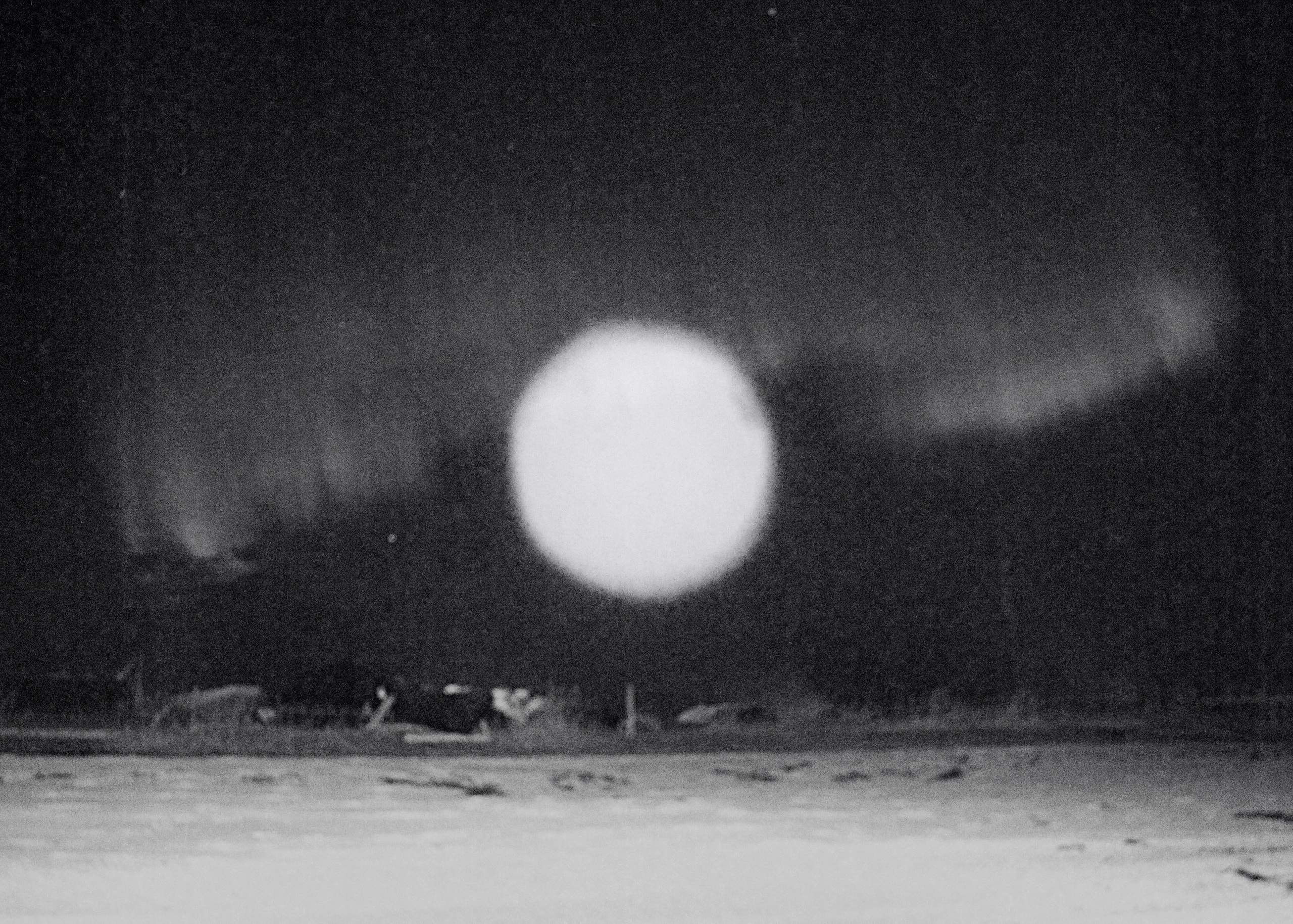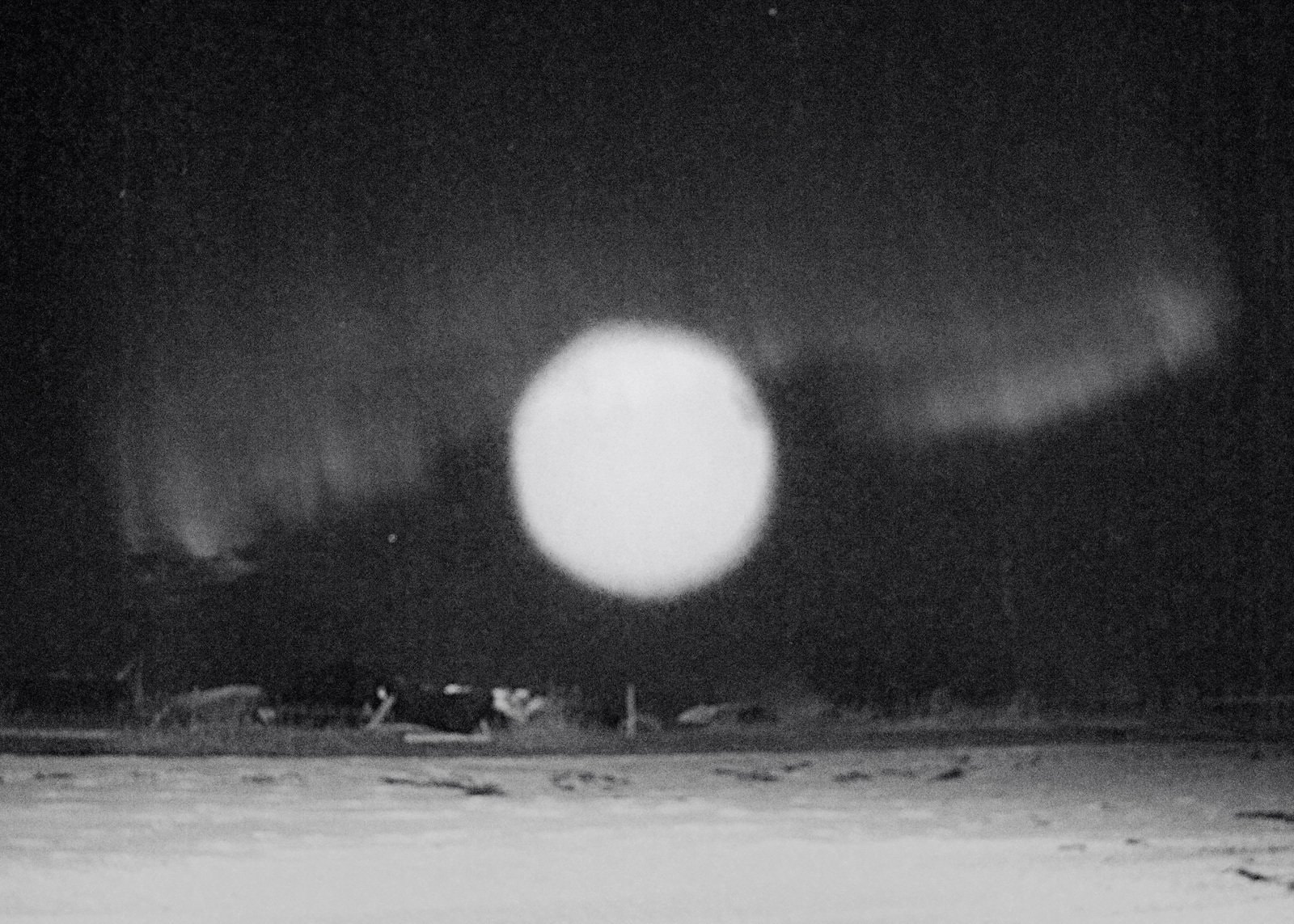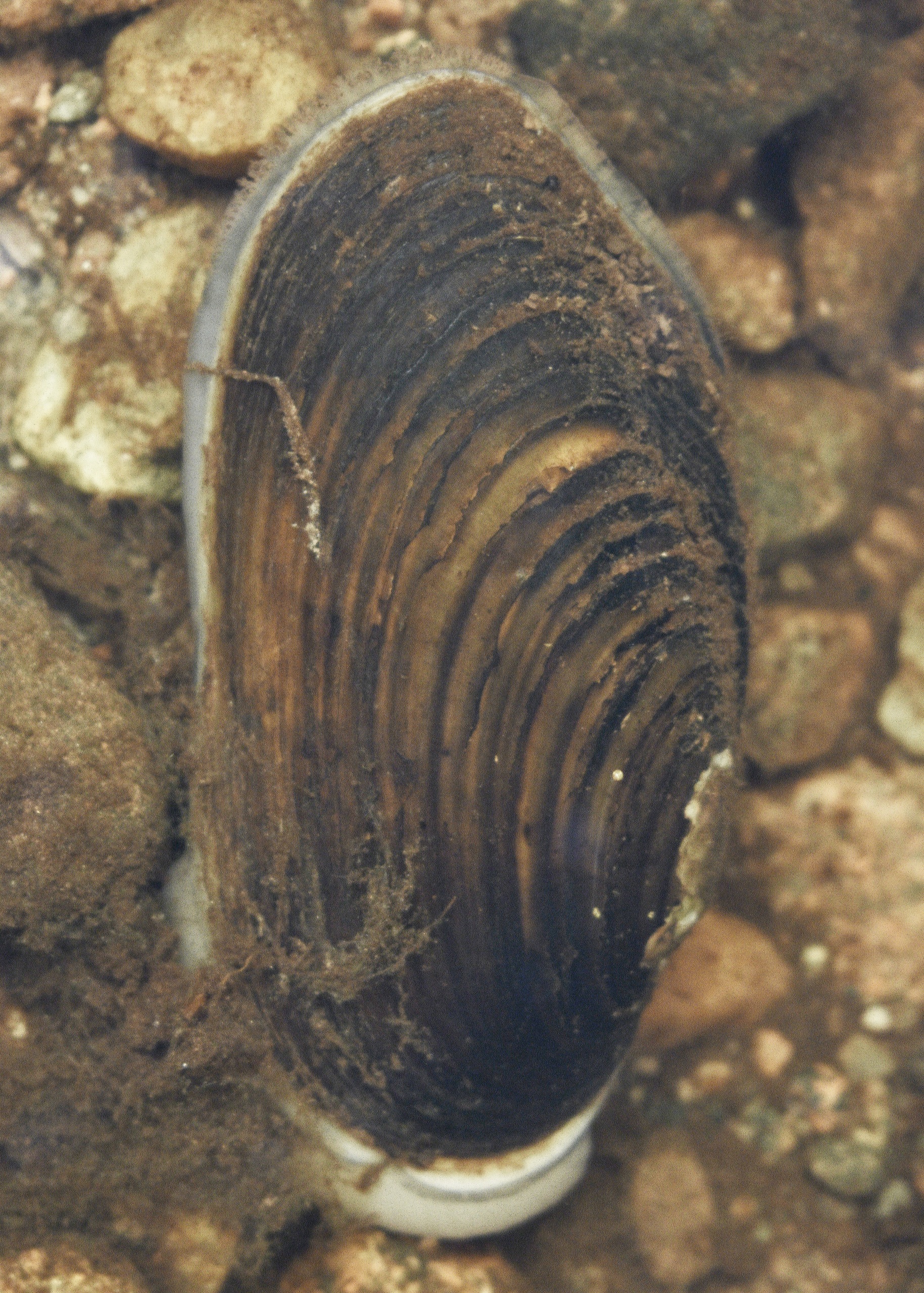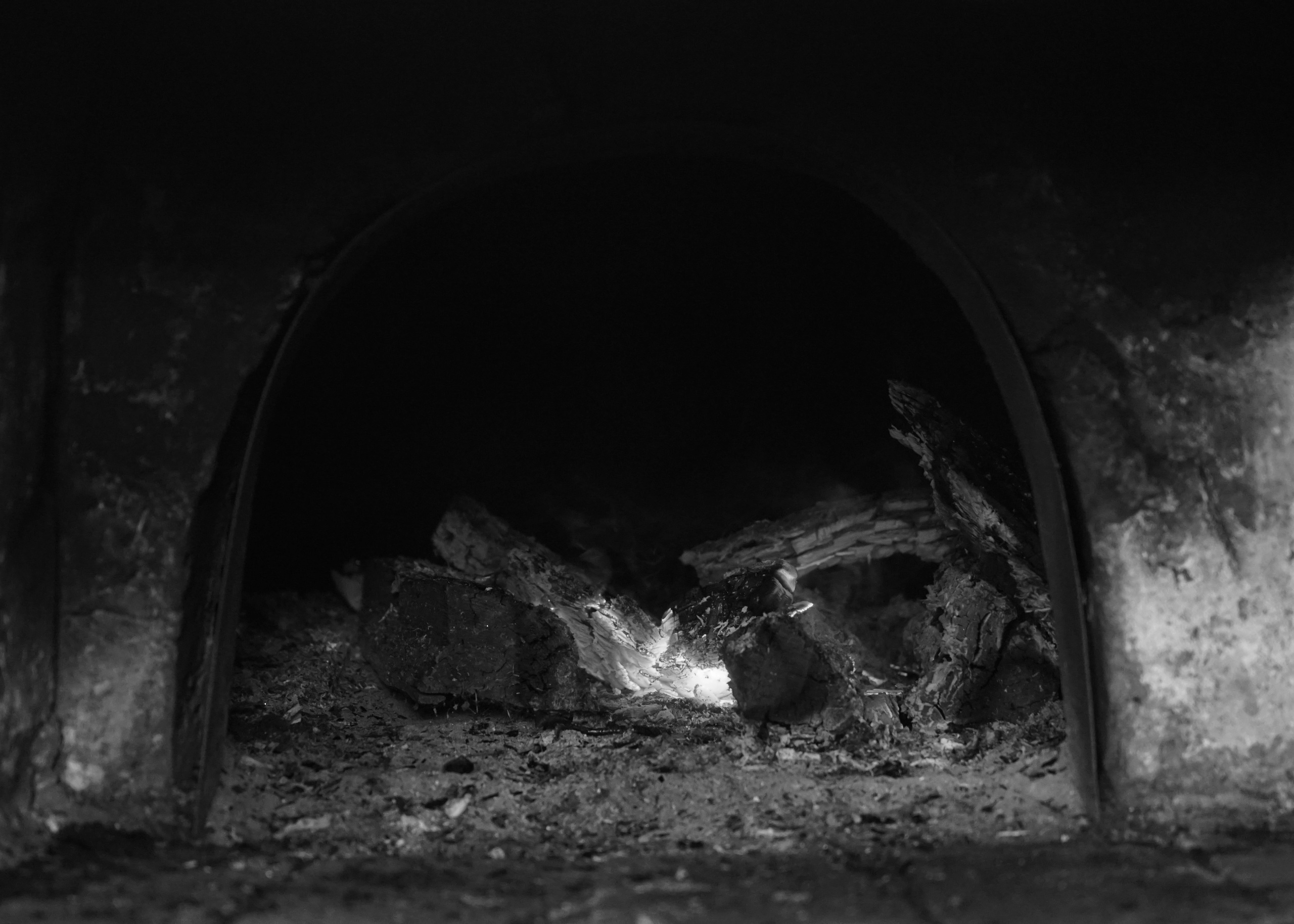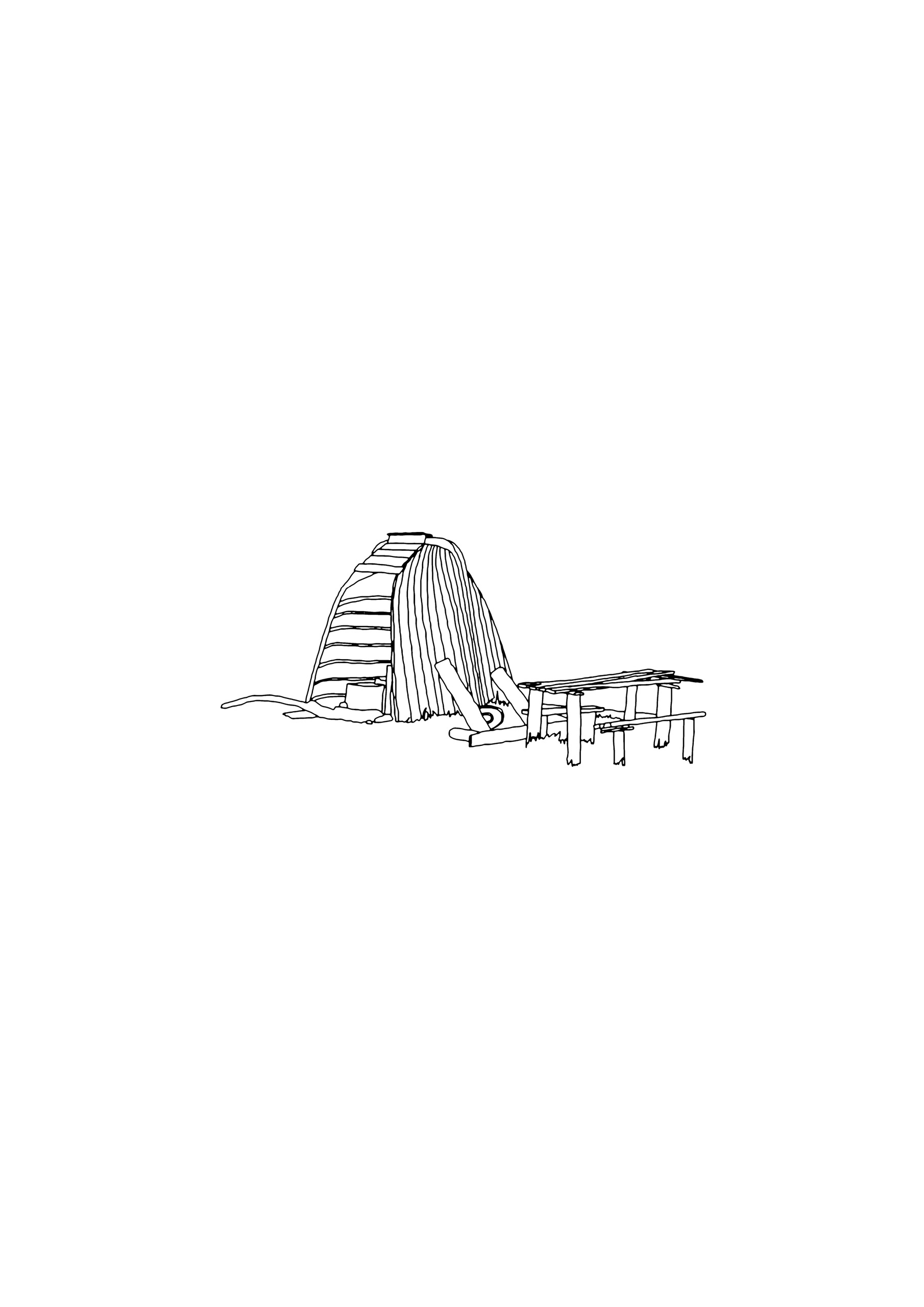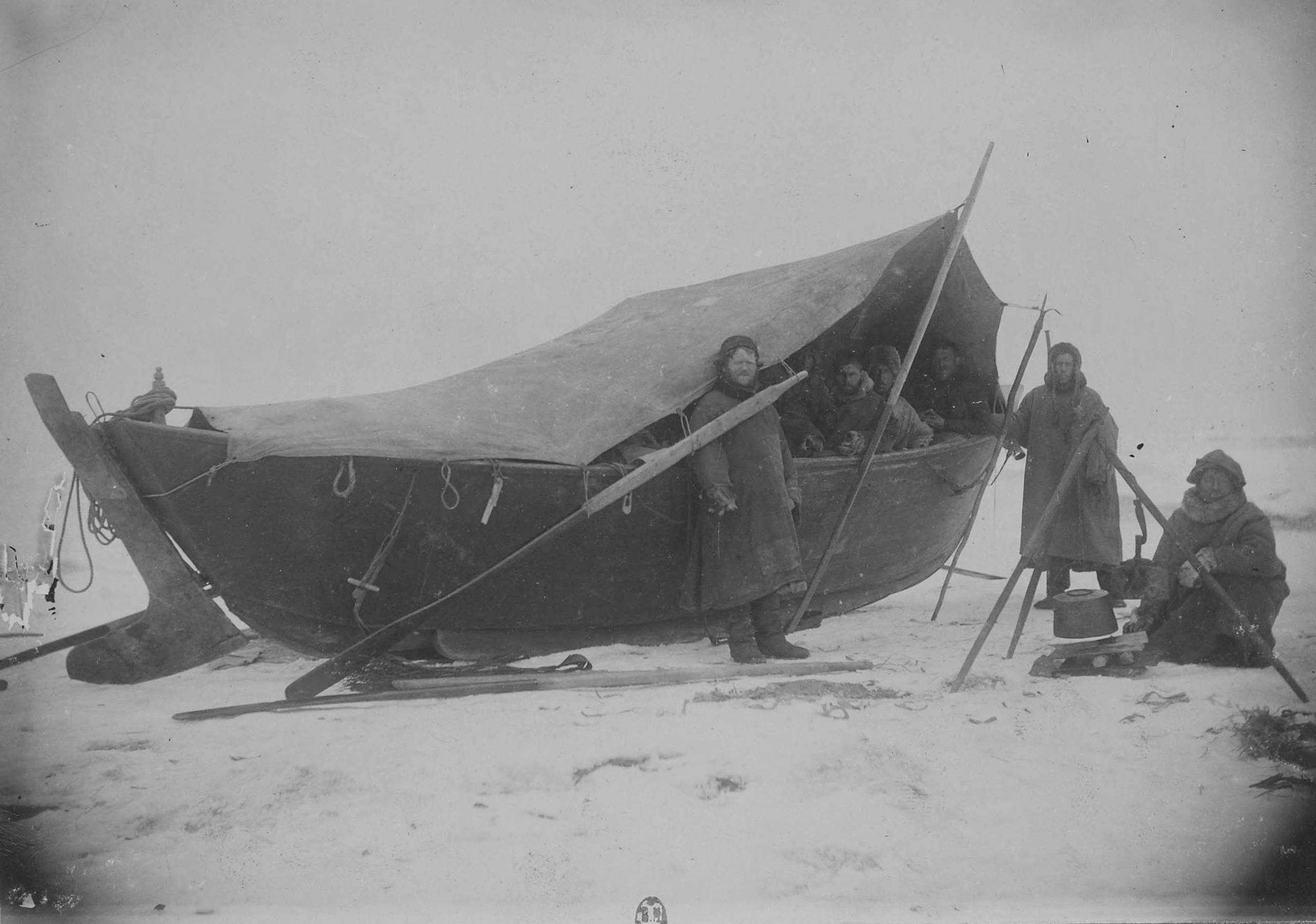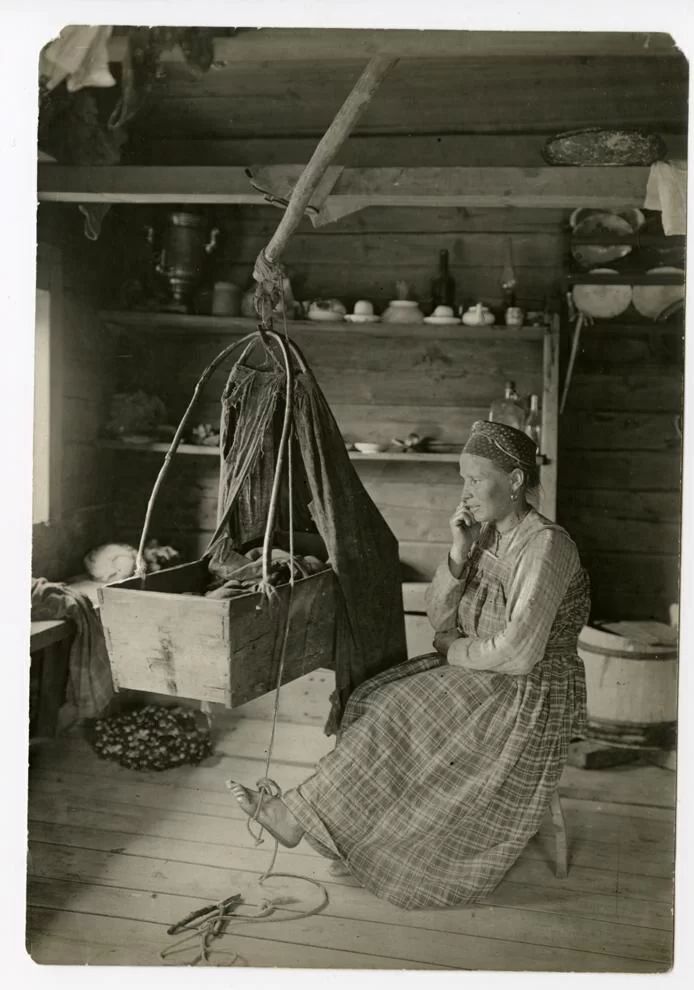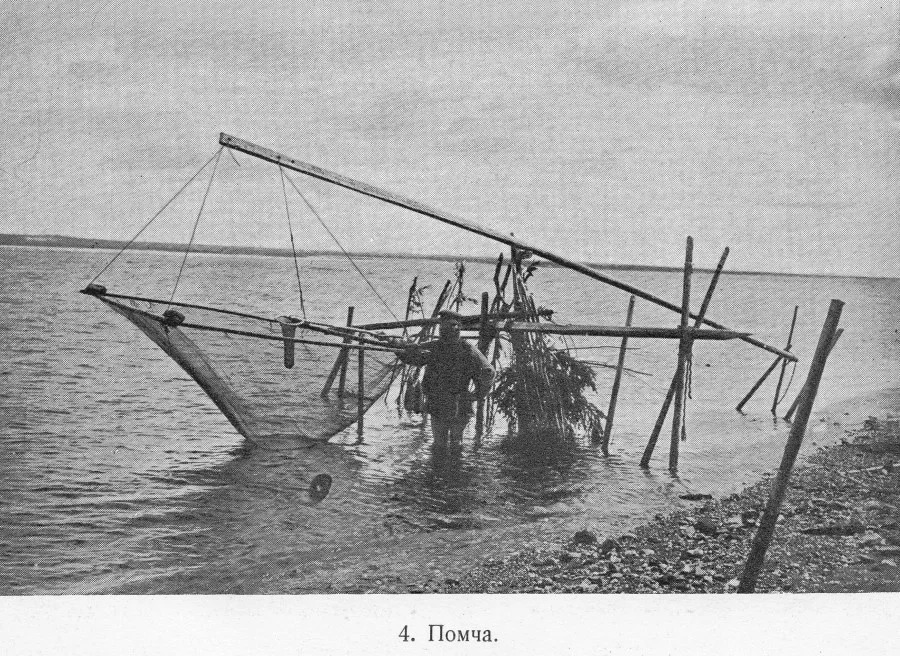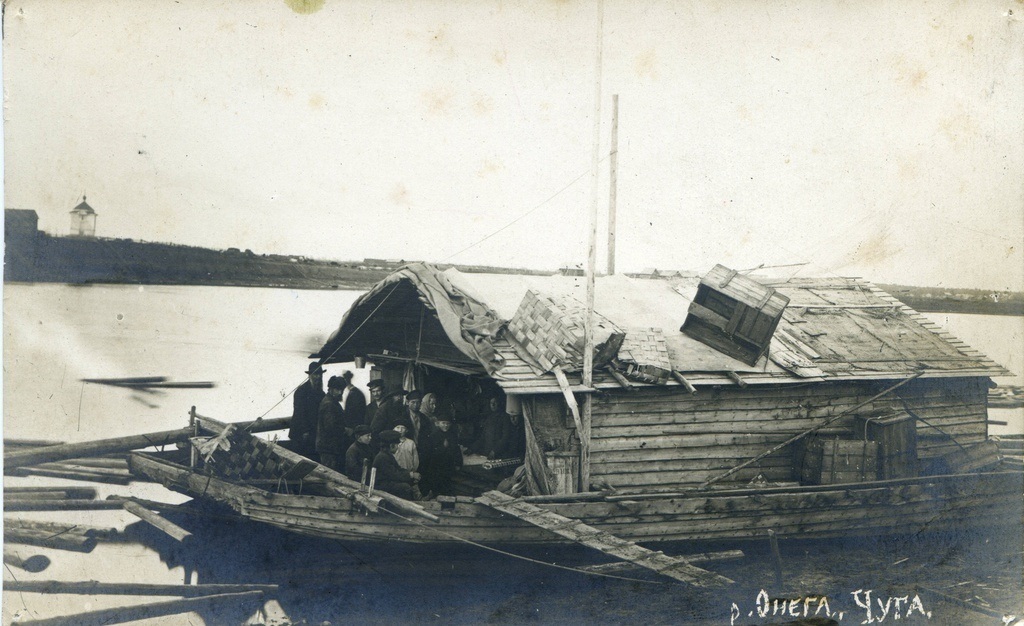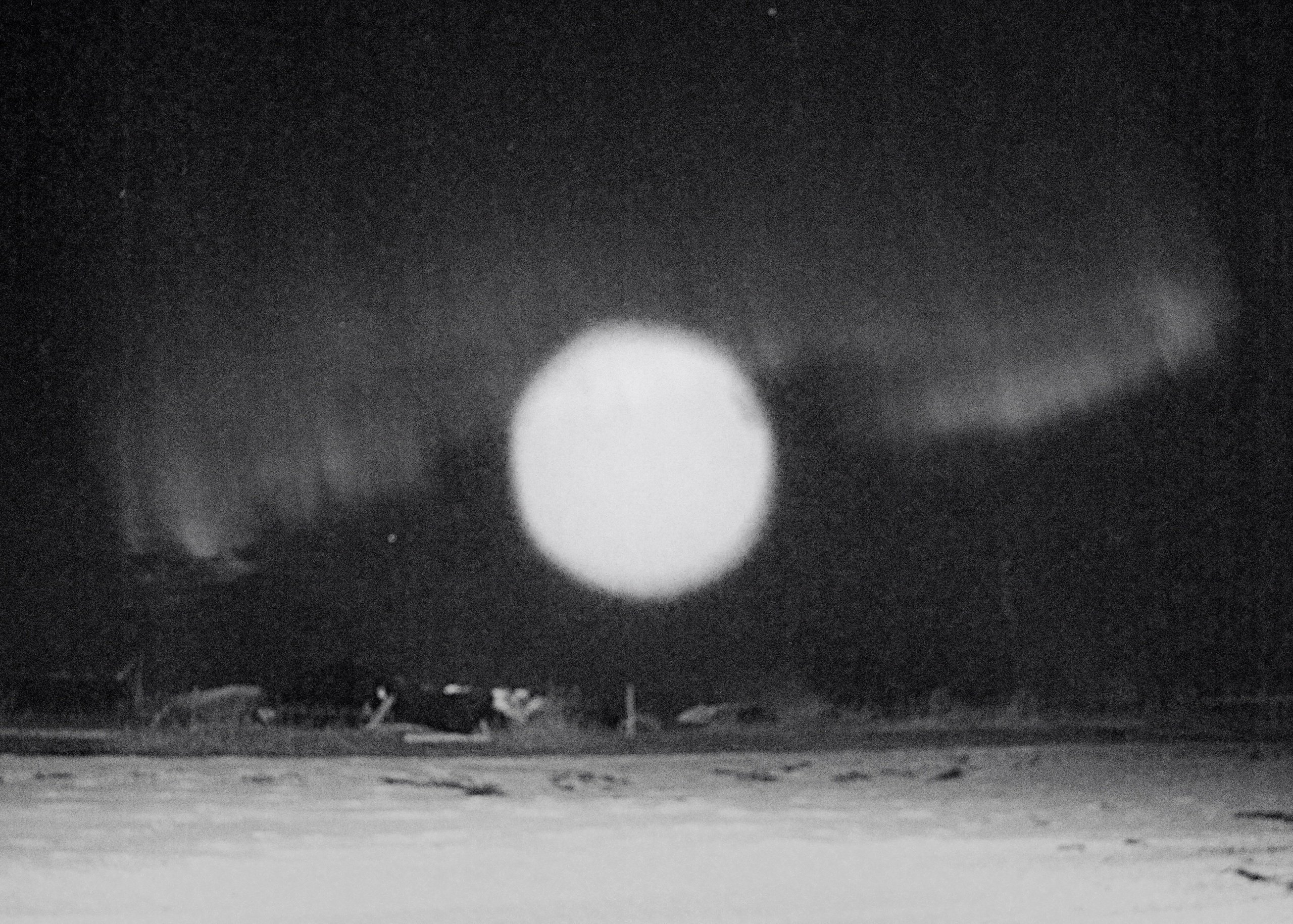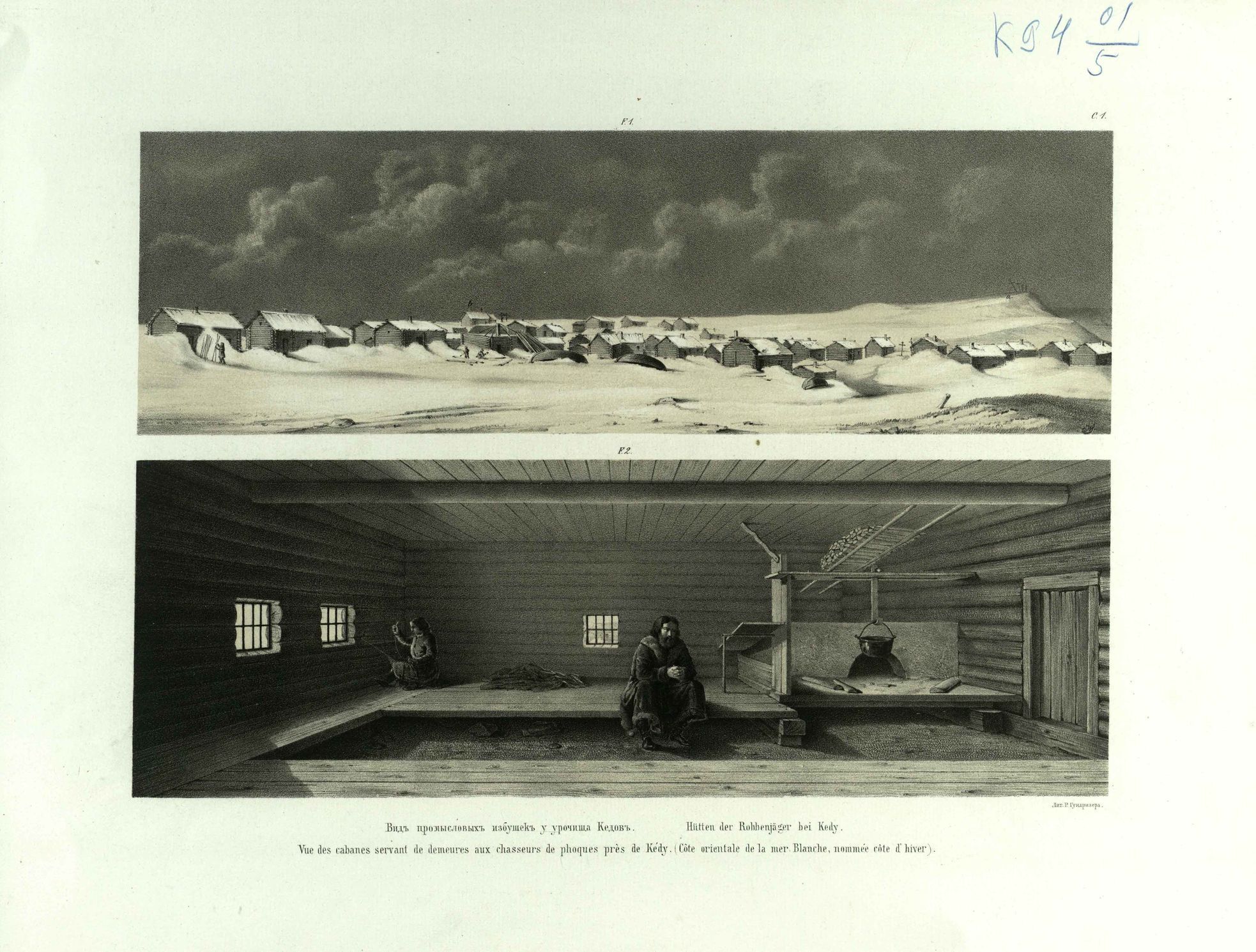Vanya Mishin’s artistic research project The Sea is Our Field is centered on the image of the freshwater pearl mussel, which brings together various aspects of his native Pomor culture.
The title of the project refers to two traditional trades that are key to the White Sea coast and Pomor culture, fishing and net making. The cellular structure of the fishing net suggested the project’s research methodology, where the original cell is the history of the freshwater pearl mussel (Margaritifera margaritifera), a river mollusk that has a symbiotic relationship with the Atlantic salmon (Salmo salar) and has traditionally been sourced for mother-of-pearl and pearls. Apart from the pearl business, its numbers are influenced by the timber industry, the waste products of which affect the ecology, in particular that of rivers.
The life of this mussel relies on its symbiotic relationship with salmon, and the geography of the project follows salmon migration routes: from the artist’s native village of Verkhny Bereznik in Arkhangelsk Oblast, along the river Mezen, and across the White Sea, via the Nenets Autonomous Okrug, the Republic of Karelia, and Murmansk Oblast.
Other cells in Mishin’s research project are added to the original one from a variety of sources—from studies by contemporary biologists, anthropologists, and folklore scholars to museum exhibits, personal and industrial archives, conversations with the local people and Pomor storytellers, and testimonies by nonhuman agents.
The project combines elements of art, scientific research, and activism and will result in a biographical epic, known in the Pomor culture as byvalshchina. Approaching byvalshchina as a mnemonic net rooted in the Pomor tradition, Mishin aims to revive and expand our knowledge of the sea and Pomor culture in our era of unification and crises.
